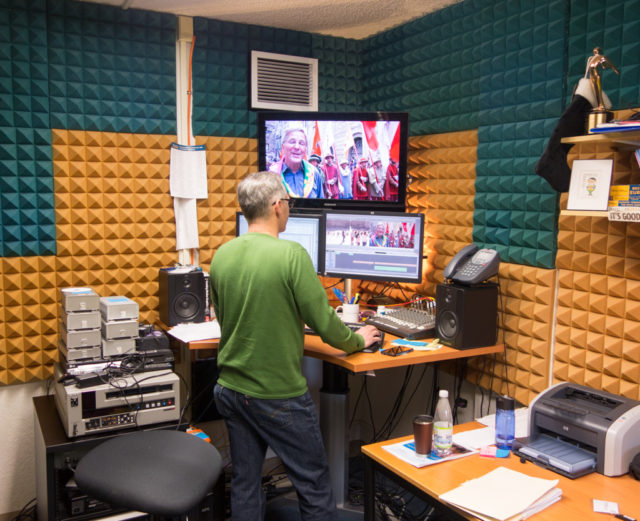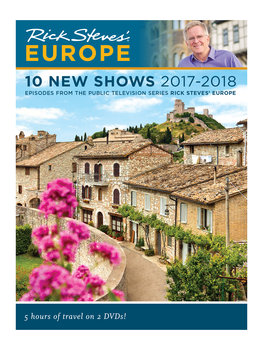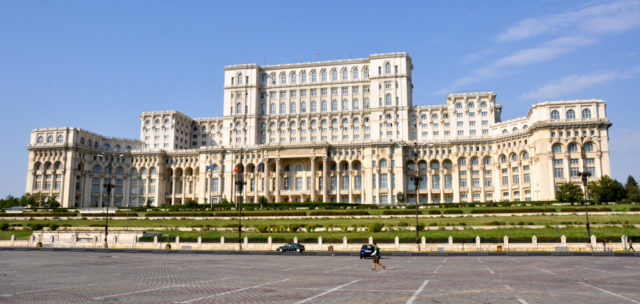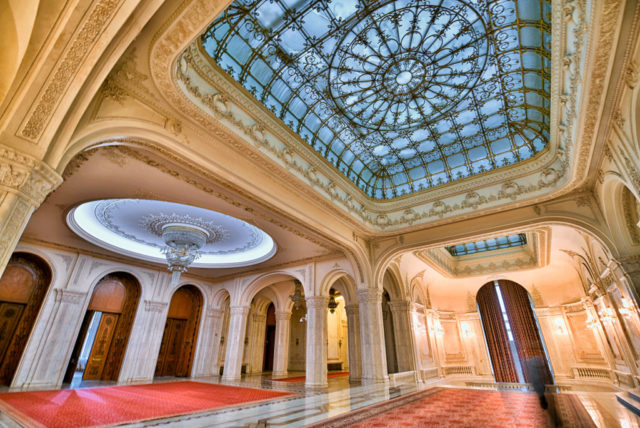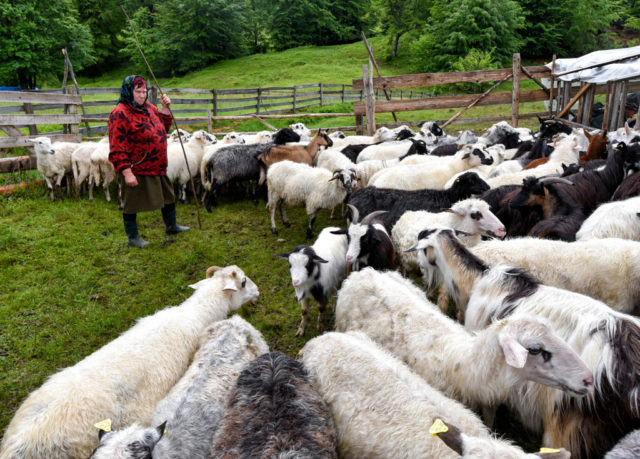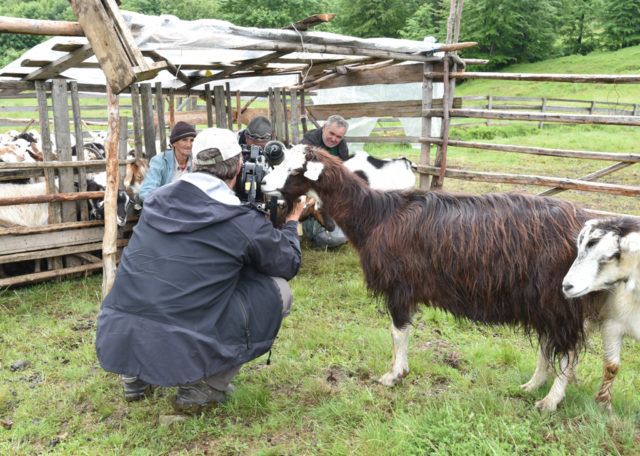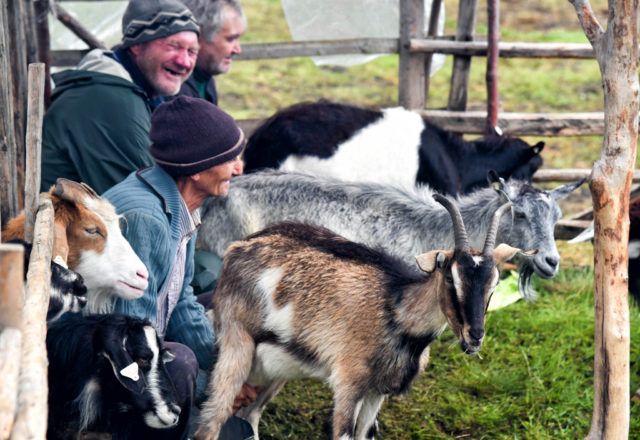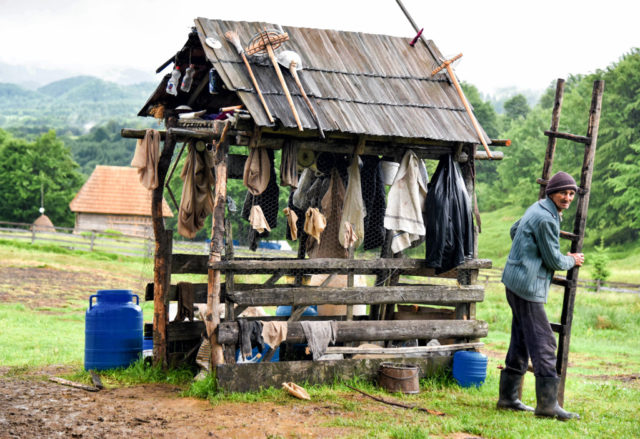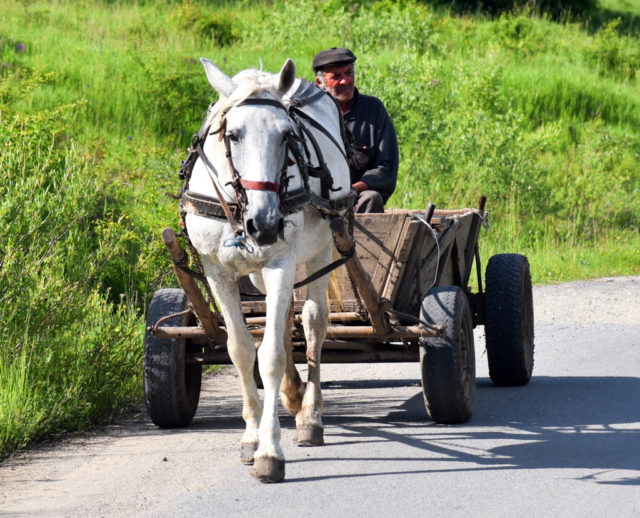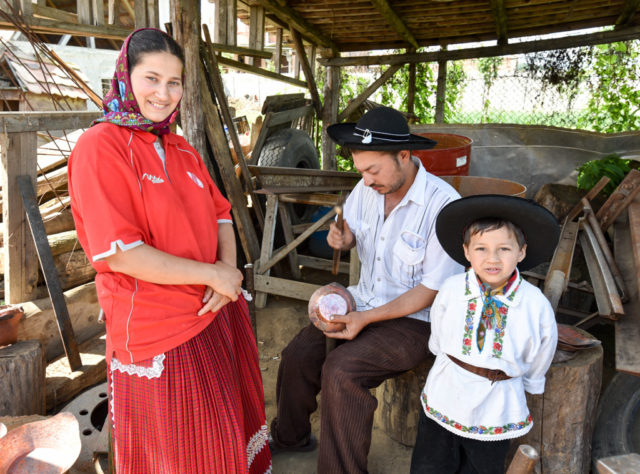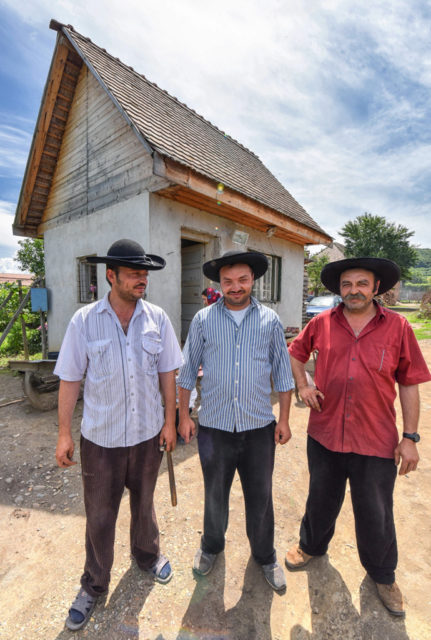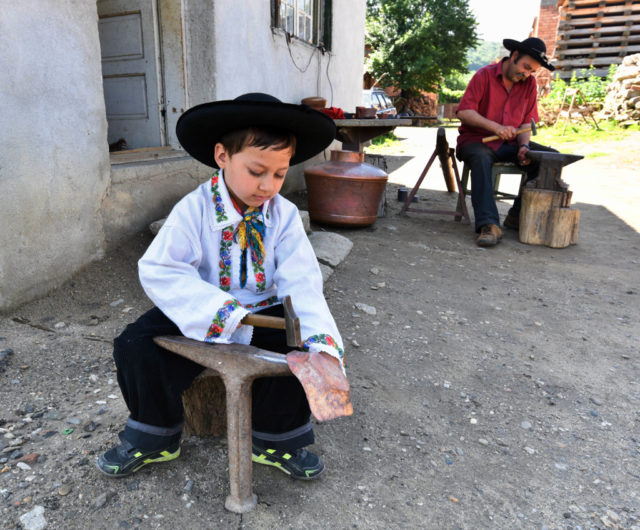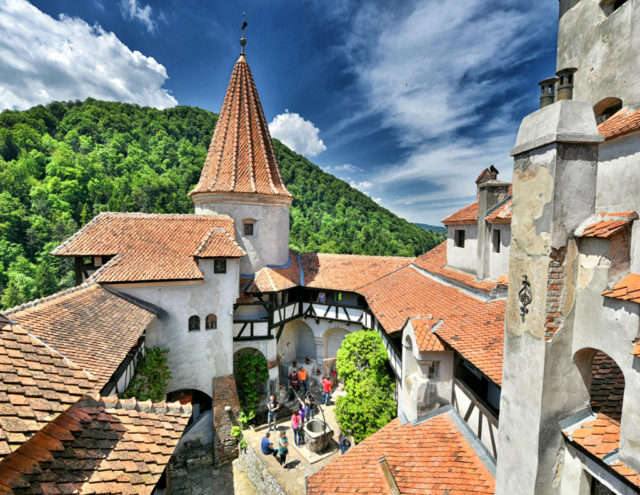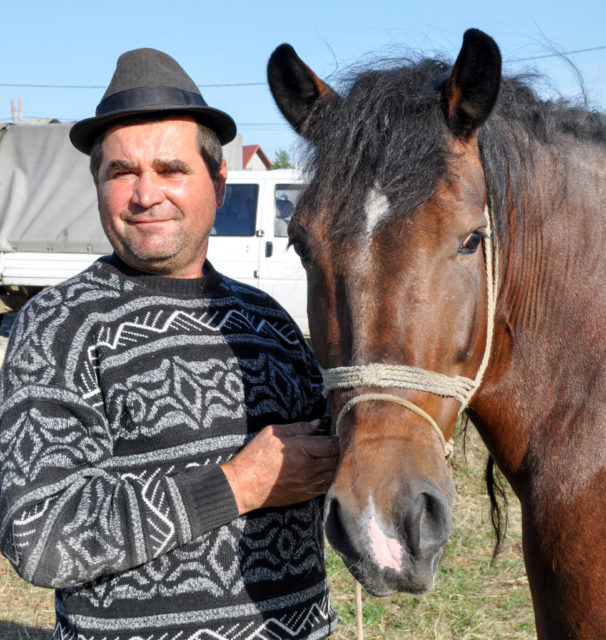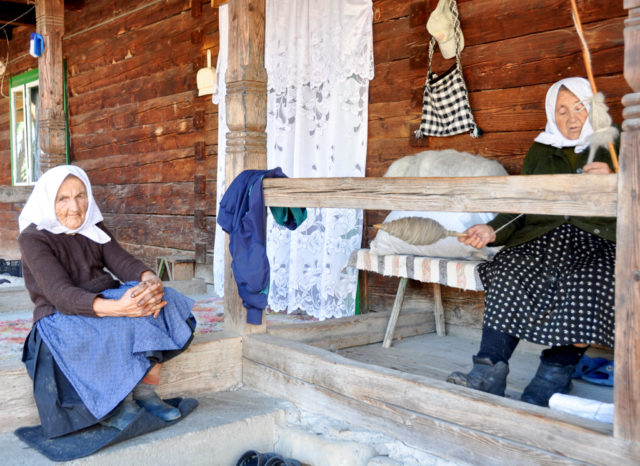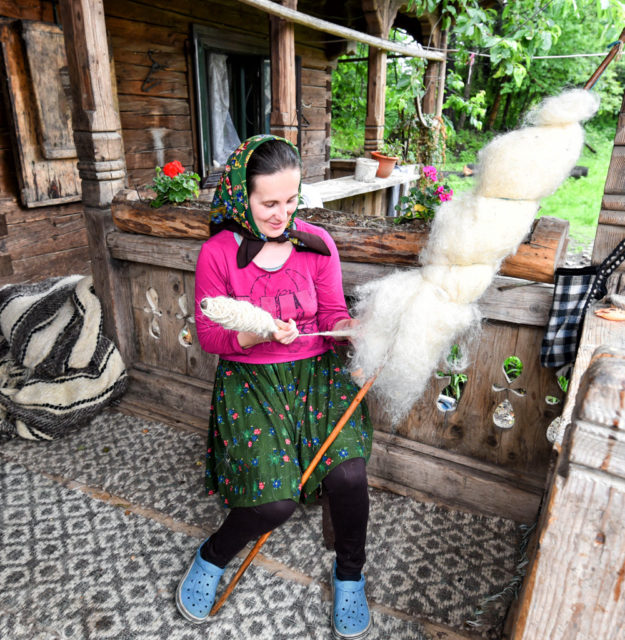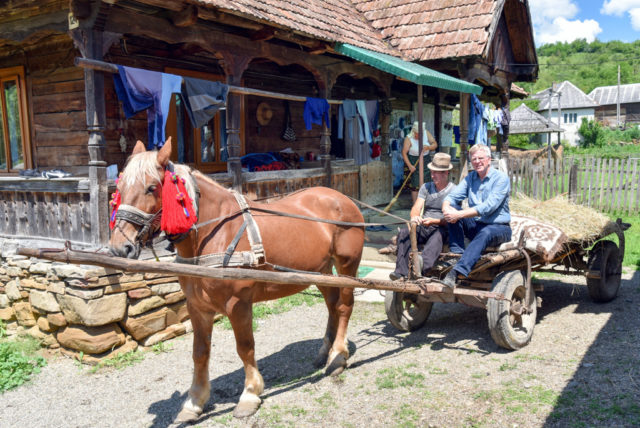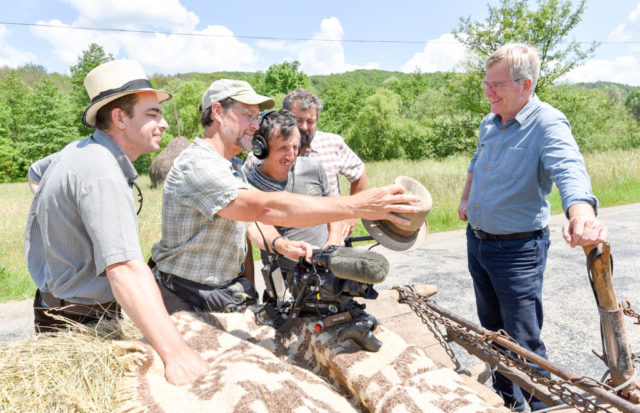This fall, we’re excited to be premiering Season 10 of Rick Steves’ Europe on public television stations across the USA. The new season includes episodes on Scotland, Portugal, Sicily, Greece, England, and more.
I just love it when a new season of shows comes out. It’s like Christmas morning. Like a lot of travelers, I first got to know the Rick Steves’ Europe travel philosophy in the late 1990s, through his TV show (on WOSU-34 in Columbus, Ohio — what was your station?). And that same spirit still inspires and informs so many traveling Americans today.
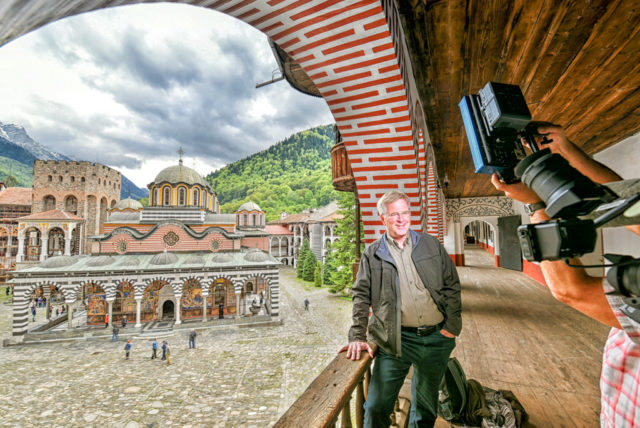
Previewing some of these new episodes has got me nostalgic, and a little jealous…because making travel TV is a lot of fun (and, yes, a lot of hard work). Not long ago, I scouted, wrote, and field-produced two episodes (Bulgaria and Romania) of Rick Steves’ Europe Season 9. It’s fascinating to be a fly on the wall of TV production. Here’s a behind-the-scenes peek into the process — from that first idea to your TV screen — with links to my in-depth blog series, which features lots more detail about each step.
Step 1: Pre-Production
Every show starts with a destination. But it’s not as simple as saying, “Let’s do a show on Romania!” You have to collect enough vivid experiences to fill 30 minutes of television. And then you have to whittle down that inspiration to fit just right into a 3,200-word script.
Over three decades of TV production, Rick has developed a keen sixth sense for what makes great TV. Anytime he says he’s “researching his guidebooks,” that’s also code for his process of sorting out whether and how a destination can best be captured on TV: Which local guides, experiences, and nuggets of history and culture will make the cut? He comes home from every trip with lots of ideas lashed to his budding script.

Occasionally we decide to film a show where we don’t have guidebook coverage — such as Romania and Bulgaria. That’s why, a couple of years ago, I headed to each of those countries on a whirlwind scouting trip, scouring the countryside and kissing lots of frogs to figure out what would make great TV.
Once the first-draft “shooting script” is finalized, it’s time to schedule the shoot. Our producer, Simon Griffith, arranges guides, hotels, transportation, and — most important — permission to film what we need to film. This usually involves working with the national tourist board, which might need to pull some strings to make sure we’re legal once we show up at a museum, church, or other landmark with our camera. All of this happens before a single frame of film is shot.
Step 2: On Location
A TV shoot is a whirlwind of “covering the script” (making sure everything that’s mentioned is supported by footage). That includes three main components: “on-cameras” (where Rick explains difficult-to-cover topics by talking straight into the camera), “walk-and-talks” (where a local guide gives Rick an on-screen tour of a sight), and — most of all — “b-roll,” which is all that beautiful footage that can be artfully stitched together to convey a sense of place, and to illustrate points that are mentioned in the script.

Of course, everything is complicated by the need to constantly chase down good weather. Color-correction — the last step in the process — can do wonders to compensate for a cloudy day…but sunny is still better.
It takes about six days of intense travel to shoot a 30-minute episode. While that one-day-per-five-minutes ratio seems like it should be easy, people who work in TV field production are astonished that Rick Steves’ Europe can produce broadcast-quality shows at such a breakneck pace.
That’s thanks largely to Rick’s supremely talented “crew of two”: producer/director/fixer/gaffer Simon Griffith (the jovial, bearded Kiwi you see Rick dining with all over Europe); and a talented camera operator, who’s equal parts athlete and artist. I’ve worked with Karel Bauer, but other “shooters” have also worked with Rick and Simon.
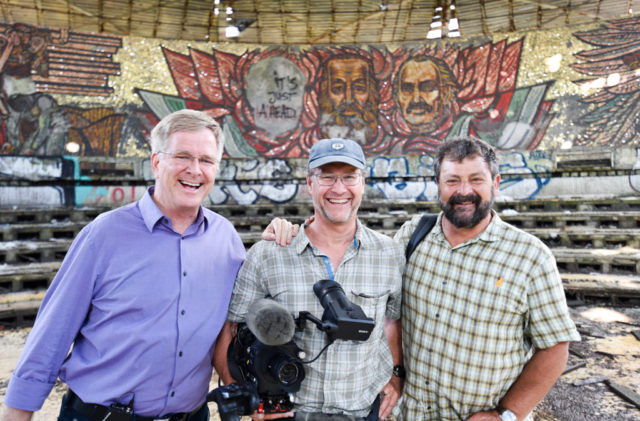
That’s right: Except for rare occasions when an associate producer is dragging them down (ahem, ahem), most of the episodes of Rick Steves’ Europe you see were filmed with just that skeleton crew, occasionally assisted by a local guide…another detail that befuddles most TV production crews.
With more than 10 seasons of TV under their belt and an astonishing work ethic, Rick, Simon, and Karel are able to be unimaginably efficient. Simon usually hauls the tripod and other heavy gear, Karel also wears the hat of sound engineer (listening to the audio as he shoots the footage, to make sure it’s clean), and Rick…well, Rick’s an Energizer Bunny who — between writing, re-writing, and filming on-cameras, and polishing his guidebooks, blogging, and running his business on the side — still manages to leave everyone else in his dust.
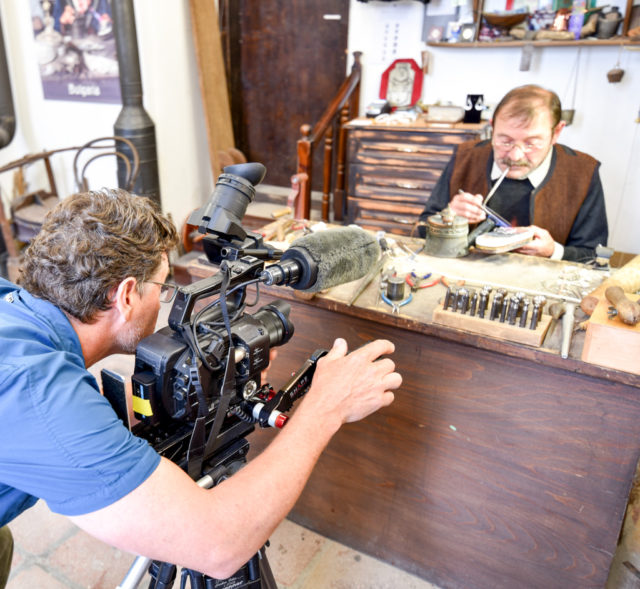
Step 3: Deal with Serendipities, Good and Bad
While the “shooting script” provides a blueprint for filming, the crew has to be ready to flex with whatever comes up. Rick is constantly rewriting to accommodate changing conditions, bursts of inspiration, happy accidents, unhappy accidents, and whatever might find its way into Karel’s viewfinder. The rewriting process — called “scrubbing the script” — is also collaborative, as Rick debates each and every word with his weary crew…often late into the evening, after the gear is stowed, or on long road trips.
On the Bulgaria and Romania shoot, we enjoyed lots of serendipities — both good and bad. Bulgaria, a wonderful and underrated little country, provided us with vivid and surprising moments. For example, one morning we woke up in a remote town to find it was the day of their annual parade celebrating Slavic culture. And our visit coincided perfectly with the early-summer rose harvest, on the outskirts of that same town.
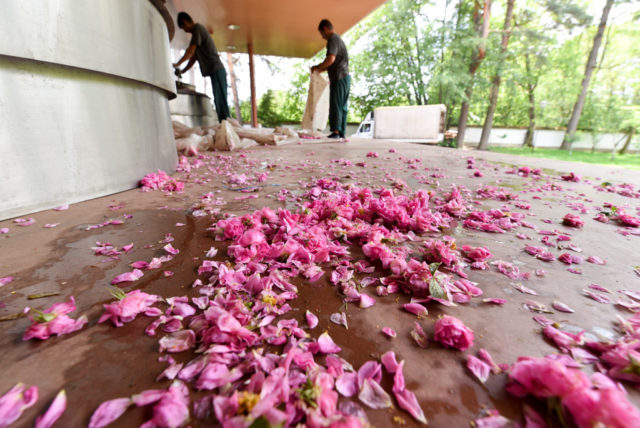
Romania — while a stunning and fascinating land — treated us to more bad serendipities than good ones. Even so, we found Romania so dense with great travel that we wound up having to cut it to the bone to reach our 30-minute runtime — losing one of my favorite (and most challenging-to-film) segments, at a remote shepherd’s settlement high in the Carpathian Mountains.

Romania also presented us with one of the most bizarre experiences the crew had ever had, when — after months upon months of assurances we’d have access to film the interior of the over-the-top Palace of Parliament — at the last minute, Karel was forced to sneak in his camera with a pack of tourists…only to be unceremoniously kicked out. Then, a couple of hours later, we got a phone call that permission had come through after all. Returning to the parliament, we were greeted with a literal red carpet and complete VIP access. (I was told this insane experience was far from typical…which, come to think of it, would be an appropriate tourism slogan for Romania.)
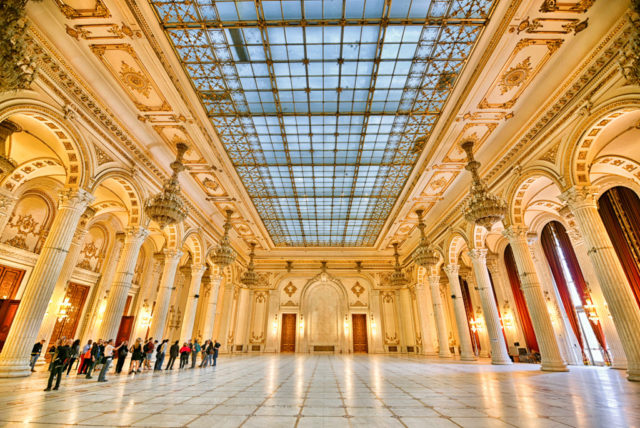
Step 4: Post-Production
After all that work in the field, we still don’t come home with a TV show — just with a polished script and a bunch of raw footage. That’s when our master editor, Steve Cammarano, takes over. Steve has edited every single one of the more than 100 episodes of Rick Steves’ Europe (plus all of our specials). And he has the process down to a science.

First, once Rick is satisfied with the final script, he records a rough “scratch track” that Steve can cut to. Then, Rick and Simon watch Steve’s rough cut to make final changes, with the help of script consultant (and RSE Special Projects Manager) Risa Laib. (They often come up with some clutch last-minute fixes.)
The final soundtrack is recorded, and the show is color- and sound-corrected to even out inconsistencies between cameras and filming environments. Our graphics team comes up with the maps used on-screen to orient the viewers. And finally, the show is complete and delivered to public television.
Step 5: You Sit Back and Watch
That’s where you come in. Whether you’re tuning in on your local public television station, streaming, or watching on DVD, it’s a privilege for us to bring Europe into your living room.
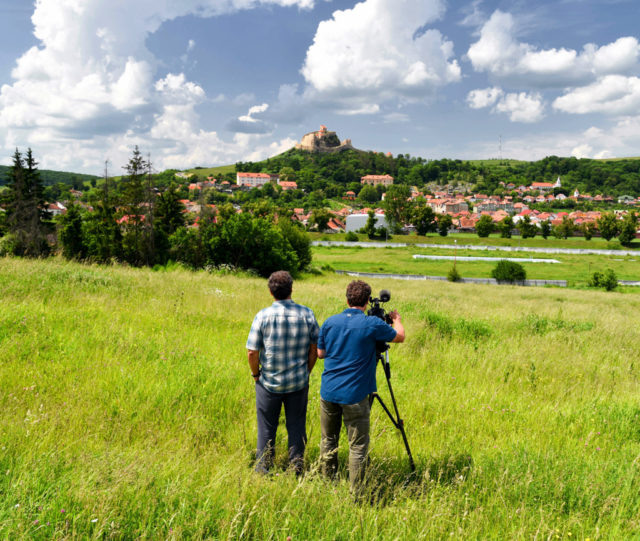
In case you didn’t realize it, every single episode of our TV series is available to stream, completely free and ad-free, in its entirety, on our website, YouTube, Facebook, and Hulu — including those shows on Bulgaria and Romania. The twelve brand-new episodes of Season 10 will air nationwide on public television beginning in early October, and soon after each episode is on TV, you’ll be able to find it on our website. And, if you’re still into Blu-ray or DVDs, you can get them in that format, too. (We’re preparing a new Blu-ray/DVD anthology that will include all 10 seasons, plus all of our specials, which will be available in time for the holidays.)
Phew! That’s a whirlwind account of the tedious but immensely rewarding process of travel TV production. At the end of the day, it’s all more than worth it — for the joy of sharing Europe with our American viewers. Thanks for watching.
What are your favorite episodes of Rick Steves’ Europe? Any places you wish we’d film?
For more on Rick Steves’ Europe Season 10, check out our TV page.
For all of my full-length “Behind the Scenes” posts, with lots more photos and anecdotes, you can find the complete lineup here.
If you’d like to watch a video version of this post, check out the wonderful “Making Of” episode of Rick Steves’ Europe from a few years ago — so you can see Rick, Simon, and Karel in action.
